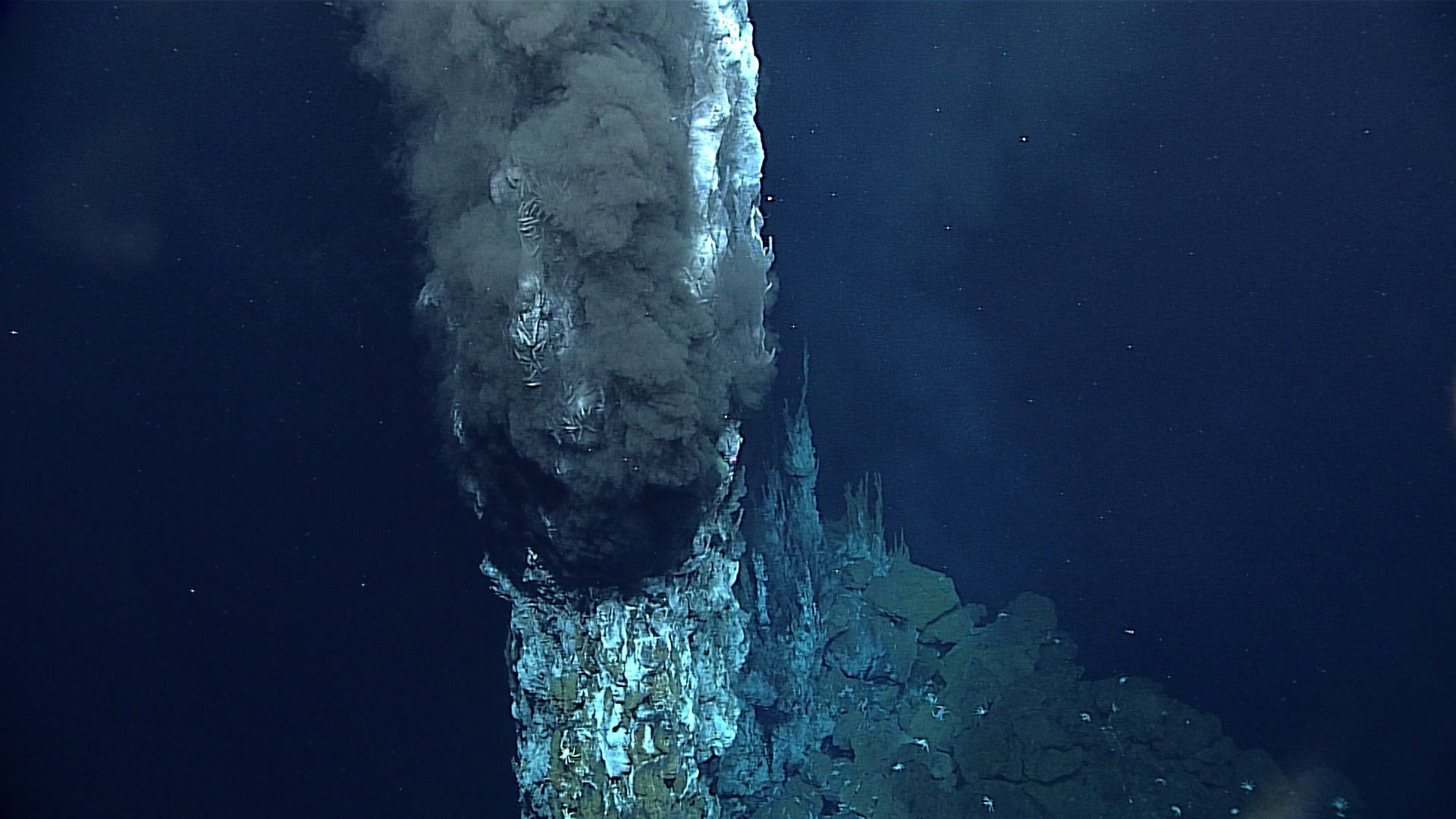
What is the deepest point in the ocean? The answer is Challenger Deep. Located in the Mariana Trench, Challenger Deep plunges to a staggering depth of about 36,000 feet. Imagine stacking 24 Empire State Buildings on top of each other; they still wouldn't reach the surface! This underwater abyss is so remote and extreme that only a handful of people have ever ventured there. The pressure at this depth is over 1,000 times greater than at sea level, making it one of the most hostile environments on Earth. Yet, despite these harsh conditions, life finds a way to thrive. Curious to learn more? Dive into these 35 mind-blowing facts about Challenger Deep!
Key Takeaways:
- Challenger Deep is the deepest point in Earth's oceans, reaching 36,070 feet deep. It's home to unique marine life and poses technological and environmental challenges for exploration.
- Despite being explored, Challenger Deep still holds many mysteries, including unknown biodiversity and geological processes. It continues to captivate people's imagination and inspire future exploration.
What is Challenger Deep?
Challenger Deep is the deepest known point in Earth's seabed hydrosphere. Located in the Mariana Trench, this underwater abyss has fascinated scientists and explorers for decades.
- Challenger Deep is situated in the western Pacific Ocean, near the Mariana Islands.
- It reaches a depth of approximately 36,070 feet (10,994 meters).
- The name "Challenger Deep" comes from the HMS Challenger, which first measured its depth in 1875.
The Depths of Challenger Deep
Exploring Challenger Deep is no small feat. The extreme conditions make it one of the most challenging places to study.
- The pressure at the bottom is over 1,000 times the standard atmospheric pressure at sea level.
- Temperatures hover just above freezing, around 34-39°F (1-4°C).
- The darkness is absolute, with no natural light penetrating this far down.
Historical Expeditions
Several expeditions have ventured into Challenger Deep, each contributing valuable data and insights.
- In 1960, the bathyscaphe Trieste made the first manned descent, piloted by Jacques Piccard and Don Walsh.
- James Cameron, the filmmaker, made a solo dive in 2012, reaching the bottom in the Deepsea Challenger submersible.
- The Five Deeps Expedition in 2019 saw Victor Vescovo reach the bottom multiple times, setting new records.
Unique Marine Life
Despite the harsh conditions, Challenger Deep is home to some unique and fascinating marine life.
- Xenophyophores, single-celled organisms, thrive in the sediment.
- Amphipods, small crustaceans, are abundant and have adapted to the high-pressure environment.
- Some species of snailfish have been observed at these extreme depths.
Geological Features
The geology of Challenger Deep is as intriguing as its biology.
- The trench is formed by the subduction of the Pacific Plate beneath the smaller Mariana Plate.
- Hydrothermal vents and cold seeps are present, providing unique ecosystems.
- The sediment at the bottom is primarily composed of fine silt and clay.
Technological Challenges
Exploring Challenger Deep requires advanced technology and engineering.
- Submersibles must be designed to withstand immense pressure.
- Communication with surface vessels is difficult due to the depth.
- Autonomous underwater vehicles (AUVs) are often used for mapping and data collection.
Scientific Discoveries
Research conducted in Challenger Deep has led to numerous scientific discoveries.
- Studies of extremophiles have provided insights into the limits of life on Earth.
- The unique chemistry of the water has implications for understanding ocean circulation.
- Sediment samples have revealed information about Earth's geological history.
Environmental Concerns
Human activities have even impacted this remote part of the ocean.
- Microplastics have been found in sediment samples from Challenger Deep.
- Chemical pollutants, such as PCBs, have been detected in the tissues of deep-sea organisms.
- The potential for deep-sea mining poses a threat to these fragile ecosystems.
Future Exploration
The quest to understand Challenger Deep continues, with future missions planned.
- New submersibles are being developed to allow longer and more detailed explorations.
- International collaborations aim to share data and resources for more comprehensive studies.
- Advances in remote sensing technology will enhance our ability to map and monitor the trench.
Cultural Impact
Challenger Deep has captured the imagination of people around the world.
- It has been featured in numerous documentaries and films, highlighting its mystery and allure.
- The extreme conditions have inspired comparisons to space exploration.
- Books and articles about Challenger Deep continue to educate and fascinate the public.
The Unknown
Despite all we have learned, much about Challenger Deep remains a mystery.
- The full extent of its biodiversity is still unknown.
- The geological processes at work are not fully understood.
- The potential for undiscovered species and ecosystems is immense.
Personal Stories
Those who have ventured into Challenger Deep often share compelling personal stories.
- Jacques Piccard described the experience as "like being on another planet."
- James Cameron's dive was documented in the film "Deepsea Challenge," showcasing the challenges and triumphs of deep-sea exploration.
The Depths of Challenger Deep
Challenger Deep, the ocean's deepest point, continues to fascinate scientists and explorers alike. Its extreme conditions, unique marine life, and geological significance make it a subject of endless curiosity. With depths reaching nearly 36,000 feet, this underwater abyss challenges our understanding of marine biology and geology. The pressure at such depths is over 1,000 times that at sea level, creating an environment where only the hardiest organisms can survive. Despite these harsh conditions, life thrives in unexpected forms, offering clues about life's resilience and adaptability. As technology advances, our ability to explore and understand Challenger Deep will only improve, revealing more secrets hidden in its dark waters. Whether you're a budding marine biologist or just someone who loves ocean facts, Challenger Deep is a reminder of how much there is still to learn about our planet's final frontiers.
Frequently Asked Questions
Was this page helpful?
Our commitment to delivering trustworthy and engaging content is at the heart of what we do. Each fact on our site is contributed by real users like you, bringing a wealth of diverse insights and information. To ensure the highest standards of accuracy and reliability, our dedicated editors meticulously review each submission. This process guarantees that the facts we share are not only fascinating but also credible. Trust in our commitment to quality and authenticity as you explore and learn with us.


